Foraging, the age-old practice of gathering wild foods from nature, has seen a resurgence in recent years. As more individuals seek to reconnect with the land and source their food in a sustainable manner, foraging has emerged as a popular and eco-friendly alternative to conventional agriculture. However, with this renewed interest comes the responsibility of ensuring that foraging is done sustainably, without harming the environment or depleting natural resources. In this comprehensive guide, we delve deep into the world of sustainable foraging, exploring its benefits, best practices, and potential pitfalls. By the end of this article, readers will have a clear understanding of what sustainable foraging entails, how to practice it responsibly, and why it’s crucial for the well-being of our planet.
Sustainable Foraging: A Comprehensive Guide
Table of Contents
- What is Sustainable Foraging?
- Benefits of Sustainable Foraging
- Best Practices for Sustainable Foraging
- Potential Pitfalls and How to Avoid Them
- Frequently Asked Questions
- Final Thoughts
- Sources
What is Sustainable Foraging?
Sustainable foraging is a practice that intertwines the gathering of wild food resources with the ethos of environmental stewardship. It’s an approach that not only focuses on the immediate benefits of harvesting wild plants, fungi, and in some cases, animals, but also on the long-term health and resilience of the ecosystems from which they are taken. This practice is deeply rooted in understanding the local ecology, recognizing the interdependence of species, and acting with foresight to ensure that foraging activities do not impair nature’s ability to regenerate and flourish.

At the heart of sustainable foraging lies the principle of sustainability itself, which can be distilled into three core components:
- Environmental Sustainability: This ensures that foraging activities have a minimal impact on the environment. It involves careful consideration of how and when to harvest, so as not to disrupt the natural life cycles of plants and the broader ecosystem. For example, sustainable foragers should harvest in a way that allows plants to complete their life cycle and reproduce.
- Social Sustainability: Foraging should be conducted in a manner that respects the rights and traditions of local communities and indigenous peoples. This includes acknowledging traditional knowledge, adhering to local laws and customs, and engaging in fair sharing of foraged goods.
- Economic Sustainability: While foraging is often a non-commercial activity, when it does involve the exchange of goods, it should be done in a way that supports the local economy and does not lead to the exploitation of natural resources for profit.
Sustainable foraging also requires a commitment to continuous learning and adaptation. As environmental conditions change, foragers must be willing to adjust their practices to remain in harmony with the natural world. This might mean forgoing the harvest of a particular plant that has become scarce, or altering the timing of foraging activities to align with new growth patterns caused by climate change.
Moreover, sustainable foraging is not just about taking from the land; it’s also about giving back. This can involve participating in conservation efforts, planting native species to replenish what has been foraged, and educating others about the importance of maintaining a balanced ecosystem.
Sustainable foraging is a holistic approach that requires a balance between human needs and the needs of the environment. It’s a practice that asks us to take only what we need, to take it in a way that allows nature to continue providing, and to be mindful of our place within the natural world. It’s about foraging in such a way that future generations will find the same — if not more — abundance that we have enjoyed.
Benefits of Sustainable Foraging
Sustainable foraging offers a myriad of benefits that extend beyond the simple act of collecting food. These benefits touch on environmental, social, and personal aspects, contributing to a more sustainable and interconnected way of living. Here’s an in-depth look at the multifaceted advantages of sustainable foraging:
Environmental Benefits
- Promotion of Biodiversity: Sustainable gathering encourages the growth of a wide range of plant species. By selectively harvesting and allowing certain plants to seed, foragers can help maintain and even improve biodiversity.
- Conservation of Native Species: Foragers who prioritize native and abundant species over rare or non-native ones contribute to the conservation of local flora and fauna, which is essential for maintaining healthy ecosystems.
- Soil Health: The gentle approach of sustainable foraging, as opposed to industrial agriculture, helps in preserving soil structure and integrity, which is crucial for the long-term health of terrestrial ecosystems.
- Reduction in Carbon Footprint: Foraging typically requires minimal transportation and no industrial processes, which significantly reduces greenhouse gas emissions compared to conventional food production and distribution.
Social and Cultural Benefits
- Cultural Preservation: Foraging is often deeply rooted in local and indigenous traditions. By practicing sustainable foraging, these cultural practices are kept alive, and the knowledge is passed down through generations.
- Community Building: Foraging can be a communal activity that brings people together, fostering a sense of community and shared responsibility for local environments.
- Food Security: Foraging can contribute to food security by providing an additional source of nutrition, especially in areas where access to fresh produce is limited.
Health and Nutritional Benefits
- Nutrient-Rich Food: Wild foods are often more nutrient-dense than their cultivated counterparts, providing a rich source of vitamins, minerals, and antioxidants.
- Physical Activity: The act of foraging itself is a form of physical exercise, which can contribute to overall health and well-being.
- Mental Health: Foraging can have therapeutic effects, as it often takes place in natural, serene settings and requires mindfulness, both of which are known to reduce stress and improve mental health.
Economic Benefits
- Cost Savings: Foraged foods are free for the taking, which can help reduce grocery bills, especially for low-income individuals or families.
- Local Economies: When foraged goods are sold, they can contribute to local economies, particularly when they are marketed as premium or unique products.
Educational Benefits
- Learning Opportunities: Foraging provides an excellent opportunity to learn about local ecosystems, plant identification, and the nutritional and medicinal properties of wild plants.
- Awareness and Advocacy: Those who forage sustainably often become advocates for environmental protection, raising awareness about the importance of conservation and sustainable living.
Sustainable foraging is more than just a method of acquiring food; it’s a comprehensive approach that benefits the environment, supports social structures, enhances health, and can even provide economic advantages. It’s a practice that encourages a deeper connection with nature, promotes a healthier lifestyle, and fosters a greater sense of responsibility towards our planet.
Best Practices for Sustainable Foraging
Sustainable foraging is not just about what you collect, but also how you collect it. Adhering to best practices ensures that gathering has a positive impact on the environment and can be enjoyed by future generations. Here are some detailed guidelines to follow:

1. Educate Yourself
- Plant Identification: Learn to accurately identify plants and fungi. Misidentification can lead not only to the harvesting of endangered species but also to the risk of consuming poisonous species.
- Local Regulations: Familiarize yourself with local laws regarding foraging. Some areas may have restrictions to protect native species and ecosystems.
- Sustainable Harvesting Techniques: Understand the proper techniques for harvesting that minimize harm to the plants and their surroundings.
2. Take Only What You Need
- Harvesting Limits: Set personal limits on how much you harvest to ensure plants can regenerate and sustain their populations.
- Selective Harvesting: Choose specimens that are abundant and leave rare or young plants to grow.
- Timing: Harvest at the right time in the plant’s life cycle, such as after seeds have dispersed.
3. Tread Lightly
- Minimize Disturbance: Stick to trails where possible and avoid trampling undergrowth and surrounding vegetation.
- Leave No Trace: Take care not to leave any litter behind and if you find trash, consider picking it up.
- Soil Preservation: Be mindful of the soil and root systems when harvesting. Use tools that minimize disturbance to the soil.
4. Seek Permission
- Landowner Consent: Always obtain permission from landowners before gathering on private property.
- Respect Protected Areas: Understand that some areas are off-limits to gathering to protect sensitive ecosystems.
5. Harvest Responsibly
- Use Appropriate Tools: Employ the right tools for harvesting, which can help ensure that you take only what you need and do not damage the plants or their habitat.
- Avoid Overharvesting: Follow the rule of thirds or another sustainable harvesting guideline to ensure you’re not taking more than the environment can afford to lose.
6. Consider Wildlife
- Food for Fauna: Remember that humans are not the only ones who rely on these plants for food. Leave enough for wildlife that depend on these resources for survival.
7. Spread Knowledge, Not Plants
- Avoid Spreading Invasive Species: Clean your boots and gear after foraging to prevent the spread of non-native species to new areas.
- Educate Others: Share sustainable gathering practices with fellow foragers to promote a culture of responsibility and conservation.
8. Contribute to Conservation
- Participate in Restoration: Engage in or support local efforts to restore habitats where you forage.
- Citizen Science: Contribute to local ecological knowledge by participating in citizen science projects that track plant populations and health.
By following these best practices, foragers can ensure that their activities support the ecosystems they love and depend on. Sustainable gathering is a reciprocal relationship with nature — one that requires giving as much as we take.
Potential Pitfalls and How to Avoid Them
While sustainable foraging has many benefits, there are potential pitfalls that can arise from irresponsible practices. Being aware of these and knowing how to avoid them is crucial for any forager.

Overharvesting
- Pitfall: Taking too much from a particular area or plant population can lead to its decline or even local extinction.
- Avoidance: Adhere to the rule of thirds for harvesting, and monitor plant populations over time to ensure they remain healthy.
Misidentification
- Pitfall: Mistaking edible plants for toxic look-alikes can lead to serious health risks or even fatalities.
- Avoidance: Invest time in learning plant identification from experts, use reputable field guides, and when in doubt, don’t forage.
Damage to Ecosystems
- Pitfall: Trampling vegetation, disturbing soil, and damaging habitats can have long-term negative effects on ecosystems.
- Avoidance: Stick to paths, use appropriate tools, and harvest in a way that leaves minimal impact.
Legal Issues
- Pitfall: Foraging in restricted areas or without permission can lead to legal repercussions.
- Avoidance: Always research and follow local laws and regulations related to foraging.
Unethical Practices
- Pitfall: Not respecting the rights and traditions of local communities, especially indigenous peoples, can lead to cultural appropriation and social conflicts.
- Avoidance: Engage with local communities, seek permission, and forage in a way that respects local customs and practices.
Environmental Degradation
- Pitfall: Contributing to the spread of invasive species and pathogens can degrade environments and outcompete native flora.
- Avoidance: Clean gear between foraging trips, and never introduce non-native species into new environments.
Unsustainable Use
- Pitfall: Using foraged items in an unsustainable manner, such as selling foraged goods without a sustainable plan, can lead to overexploitation.
- Avoidance: If selling foraged goods, do so in moderation and with a focus on sustainability, ensuring that your business practices do not encourage overharvesting.
Ignorance of Ecological Changes
- Pitfall: Failing to adapt foraging practices to changing ecological conditions can exacerbate environmental stress.
- Avoidance: Stay informed about local ecological changes and adjust gathering habits accordingly to ensure sustainability.
By being mindful of these potential pitfalls and actively working to avoid them, foragers can help ensure that their practices contribute positively to the environment and society. Sustainable foraging should be a practice that enriches both the forager and the land, creating a harmonious relationship that can continue indefinitely.
Frequently Asked Questions
Final Thoughts
Sustainable foraging is more than just a trend; it’s a way of life that promotes harmony with nature. By understanding and respecting the delicate balance of the ecosystem, we can enjoy the bounty of the wild without compromising the health of our planet. The most crucial takeaway is the importance of education and responsibility. As we venture into the wild, let’s remember to tread lightly, harvest wisely, and always prioritize sustainability over short-term gains.
Sources
- National Geographic – The Ethics of Foraging
- The Forager’s Path – Sustainable Harvesting
- Smith, J. (2020). The Modern Forager. Green Earth Publishing.
- Sustainable Foraging Association – Best Practices

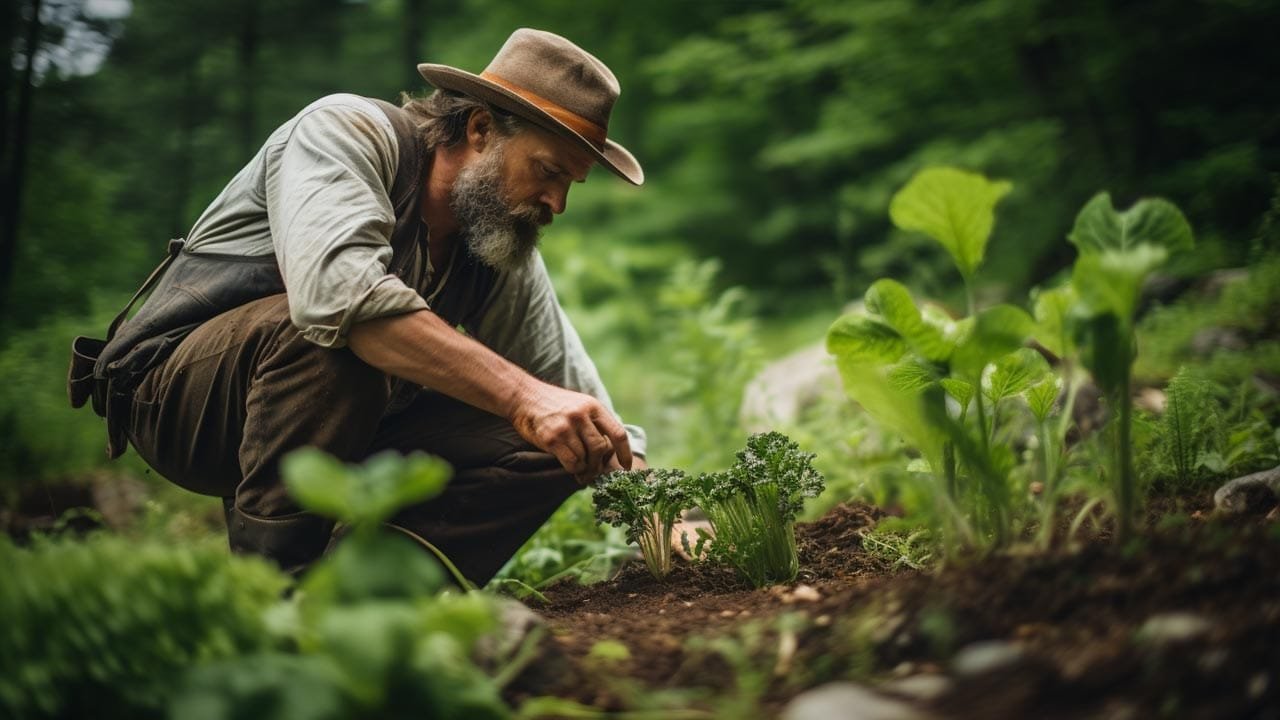

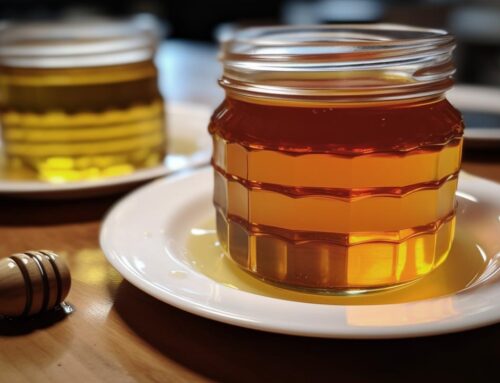
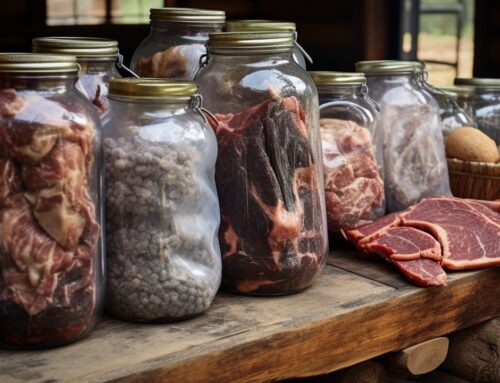
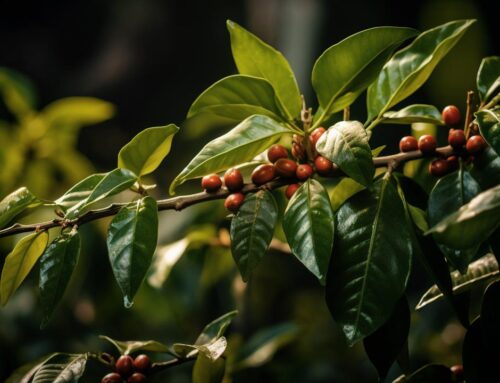
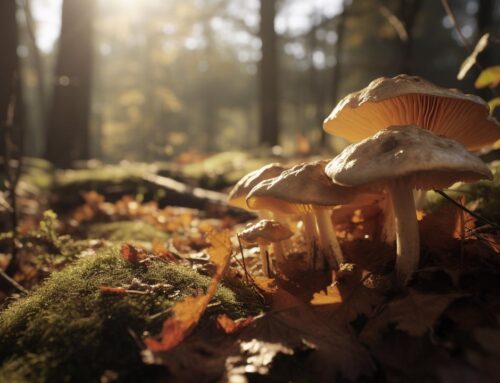
Leave A Comment